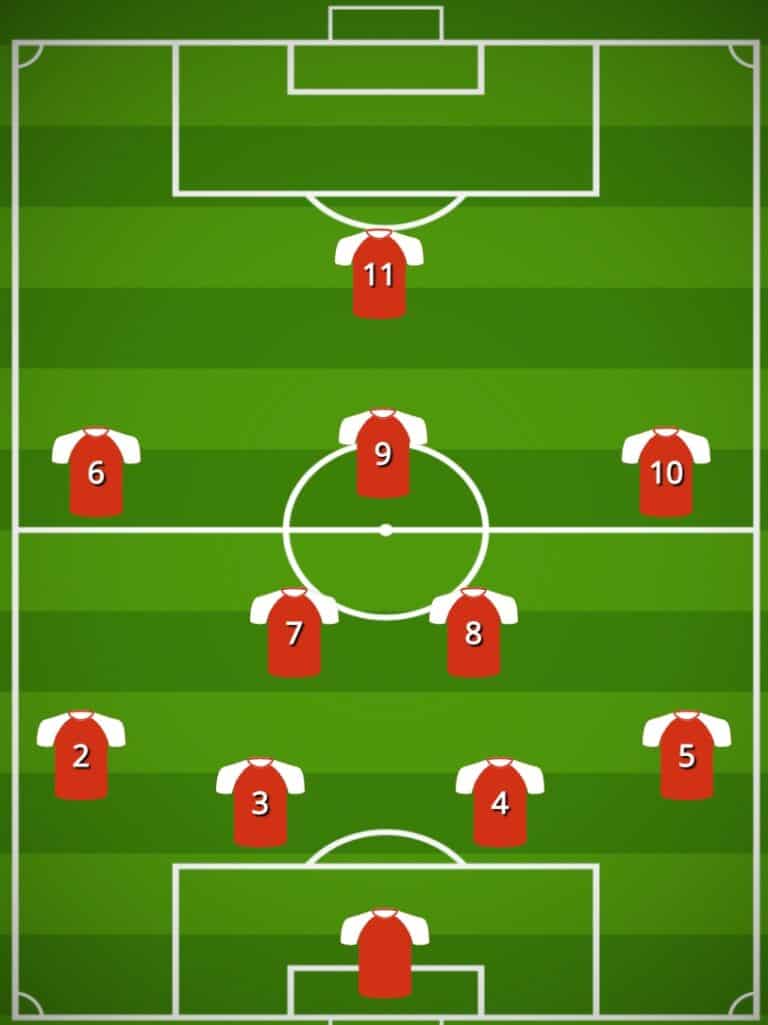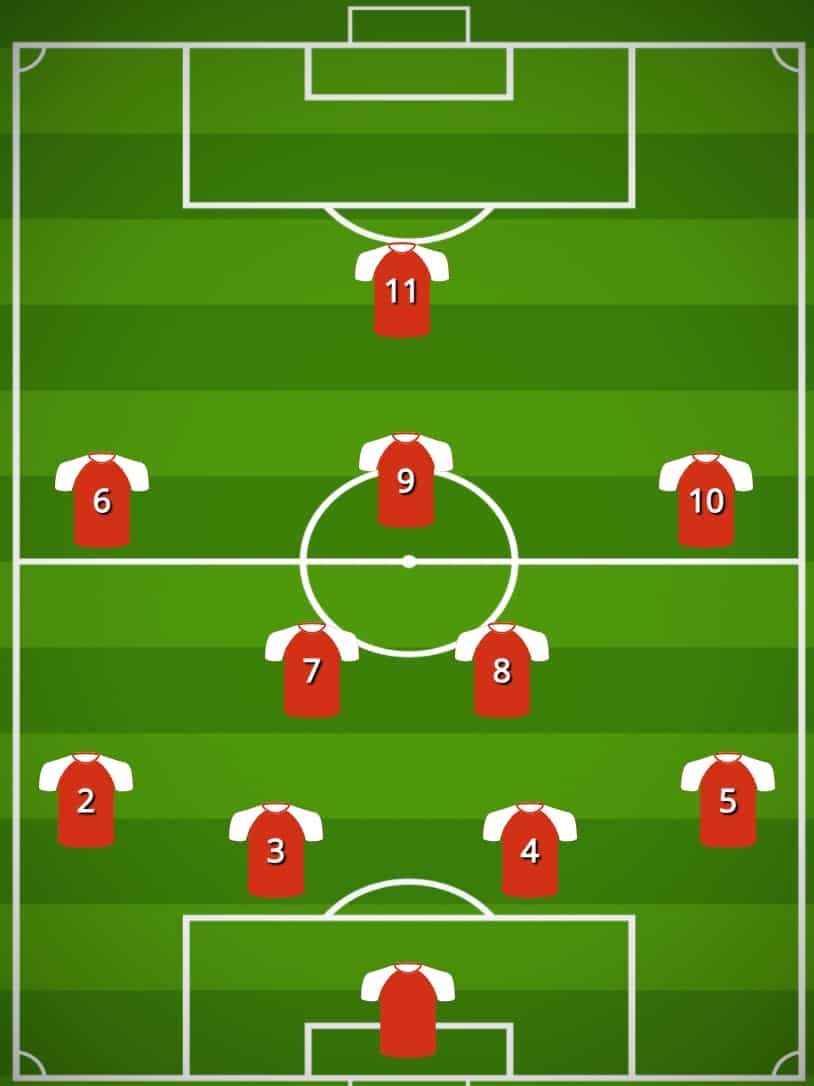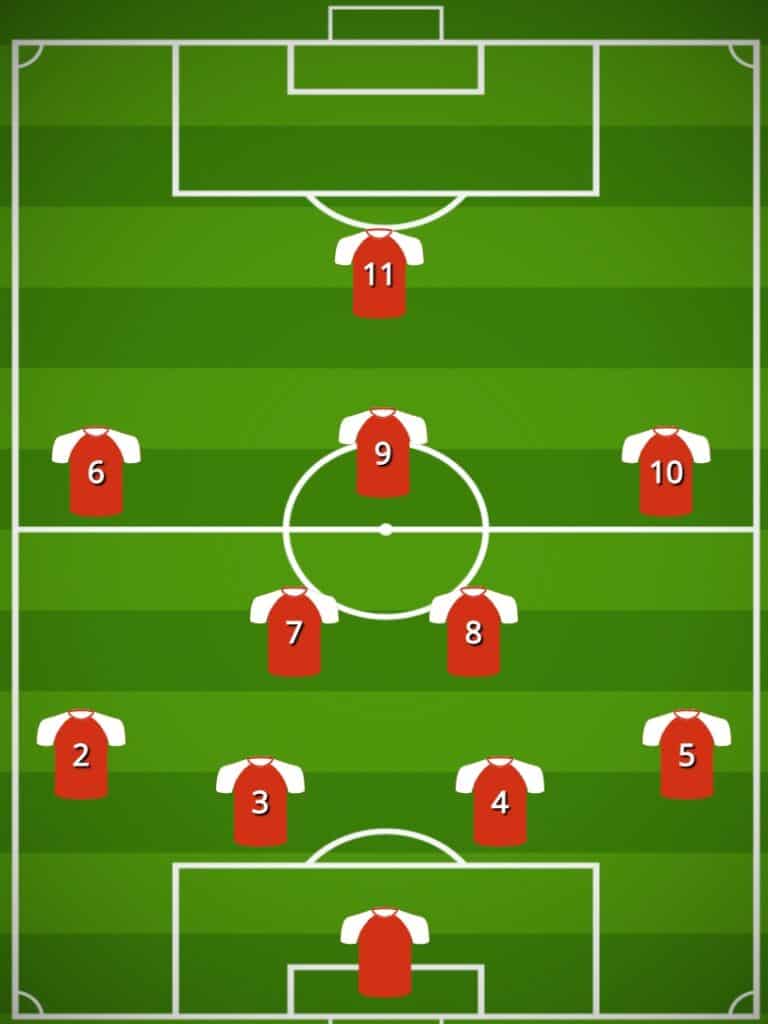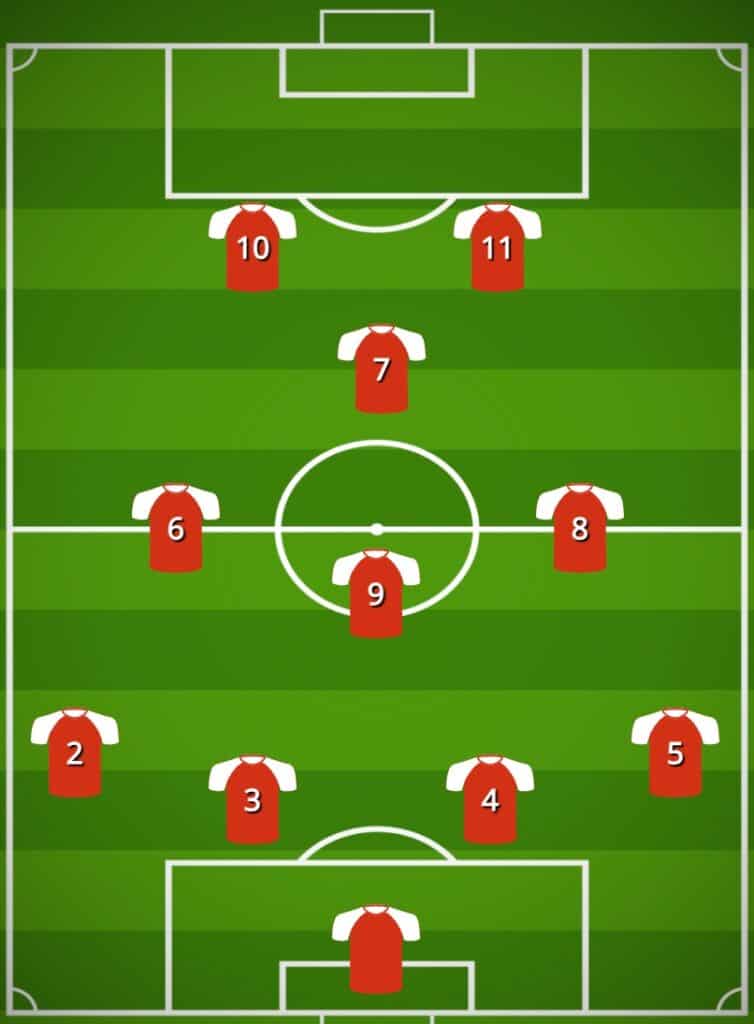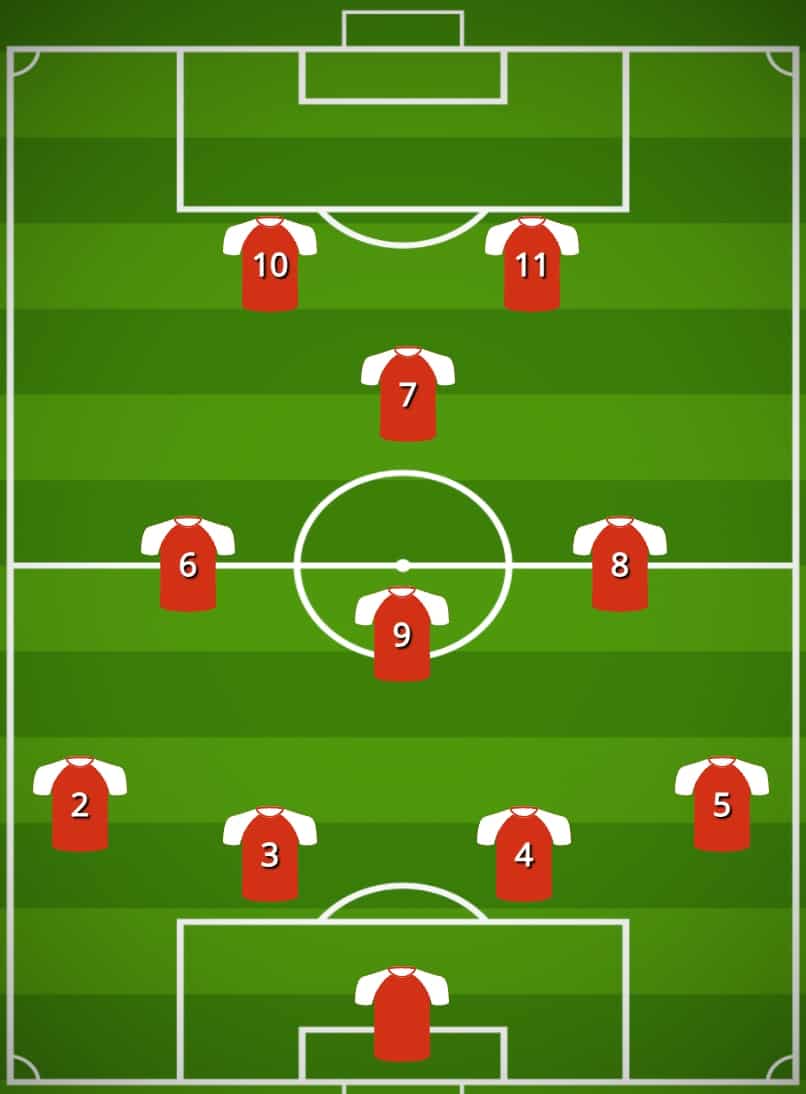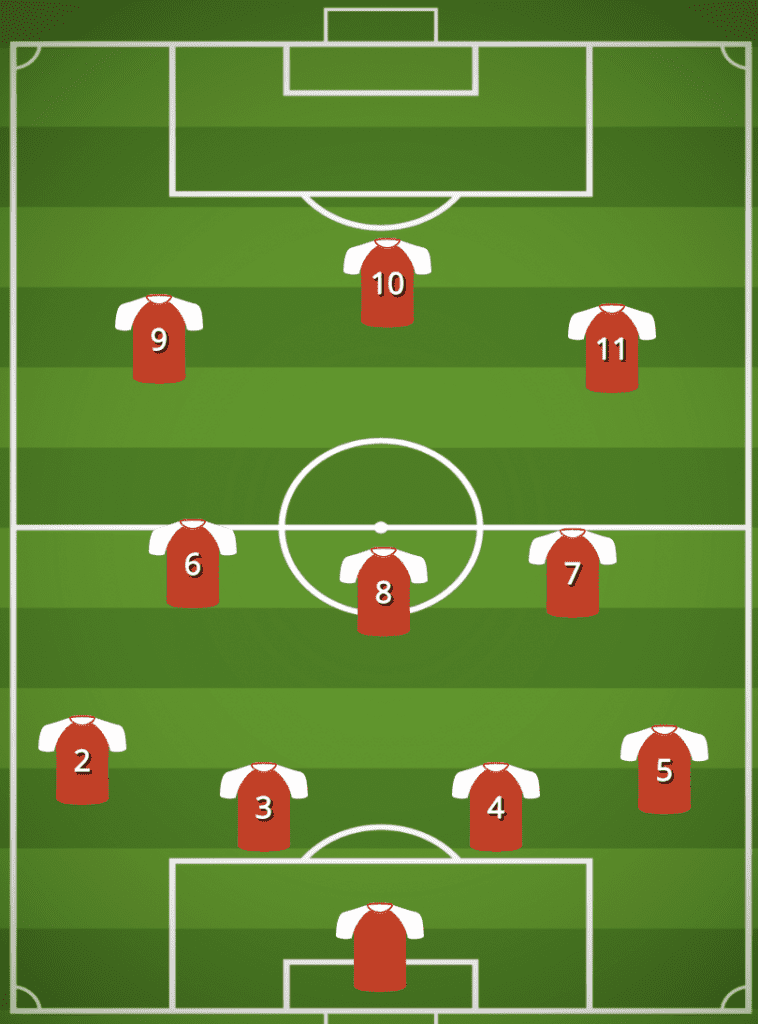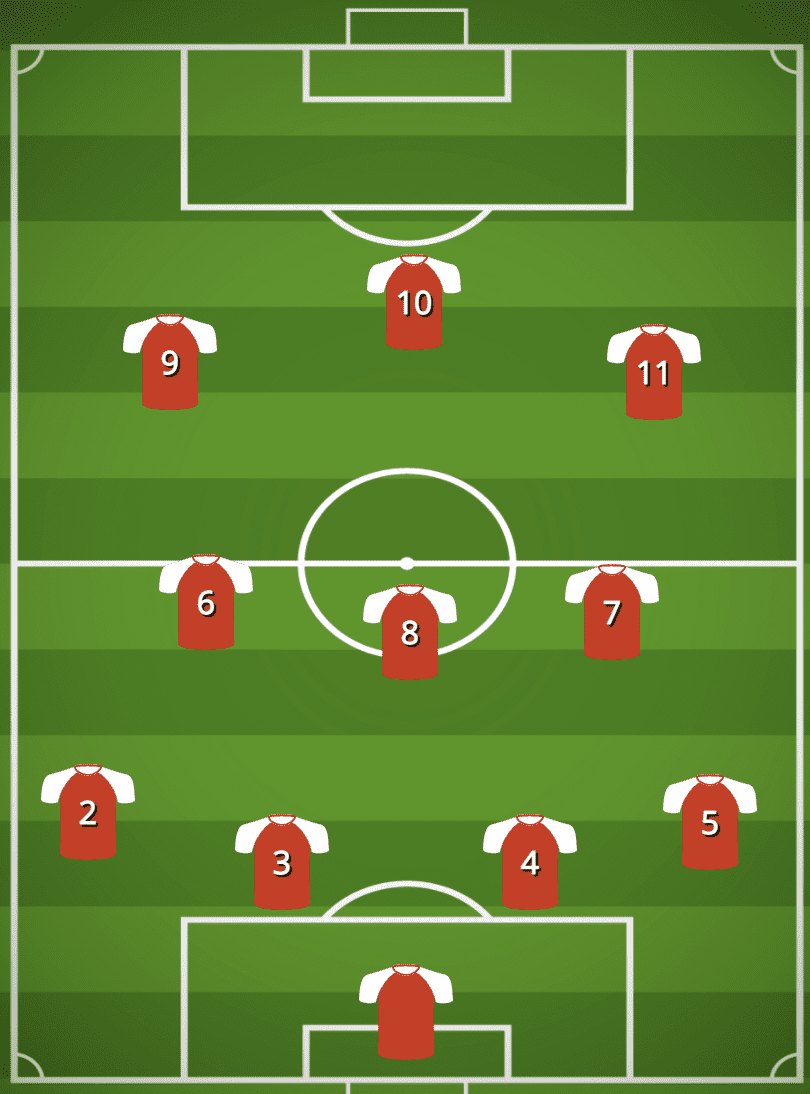When it comes to soccer, choosing the right attacking formation is essential for scoring goals and winning matches. A strategic plan can help penetrate the opposition’s defense and create scoring opportunities. Let’s explore why having the correct soccer formation is crucial and look at some of the best options available.
Bạn đang xem: The Best Attacking Formations in Soccer
Why the Right Attacking Formation Matters
Using the right attacking formation offers several advantages:
- Tactical Advantage: It allows teams to exploit weaknesses and maximize their strengths, controlling the flow of the game and coordinating player movements.
- Goal-Scoring Opportunities: The primary objective of any attacking formation is to create scoring chances by positioning forwards, midfielders, and wingers effectively.
- Flexibility: Different situations require different approaches. Having various attacking formations provides the team with options to adapt to the opposition’s tactics and game flow.
- Defensive Pressure: An effective attacking formation puts pressure on the opposition’s defense, forcing them to react and potentially make mistakes, leading to turnovers and counter-attacking opportunities.
With these benefits in mind, let’s delve into the seven best attacking formations in soccer:
7. 4-2-3-1
The 4-2-3-1 formation focuses on attacking soccer. It provides defensive cover with a back four and utilizes two central midfielders to transition play to the wingers or attacking midfielder. This formation offers flexibility in both attack and defense, making it a widespread choice among managers.
6. 4-3-1-2
The 4-3-1-2 tactic is ideal for teams lacking creative flair but possessing multiple strikers. With three central midfielders, one offensive midfielder, and two center forwards, this formation enables efficient ball recycling from defense to the forwards. Although not the prettiest style, it can yield fruitful results with disciplined players who fight for every ball.
5. 4-3-3 (Two Central Midfielders and a Defensive Midfielder)
The 4-3-3 formation is widely used in modern soccer. It employs a defensive midfielder behind a central pair and two wide wing players. This tactical variant assumes the team has creative players in its ranks. The defensive midfielder provides support to the back four, allowing the central midfielders to move forward more freely, while the wingers offer a goal threat and defensive cover.
4. 4-4-2
The 4-4-2 formation remains popular around the world, especially in lower league clubs. It features a compact back four and a midfield consisting of defensively-minded inverted wingers and two central midfielders. With two strikers upfront, this formation poses a threat to opposing defenses. Teams like Burnley FC have achieved success by relying on this pragmatic and reliable formation.
3. 5-2-3
Wingers supported by wingbacks can cause havoc for defenses. The 5-2-3 formation utilizes this attacking option effectively. With a flat central trio in defense and two holding midfielders providing cover, this formation becomes one of the most potent attacking setups. However, it requires a hardworking team that covers a lot of ground and maintains a quick and focused defense.
2. 4-2-4
The 4-2-4 formation has seen success with clubs like Manchester United, Arsenal, and Real Madrid. It offers a more adventurous approach to the classic 4-4-2 formation. By deploying advanced wingers who deliver crosses to agile center forwards, this formation produces free-flowing and goal-scoring results. The wide defenders play a crucial role, pushing up into almost wingback positions to provide support and cover.
1. 3-4-3
At the top of our list is the 3-4-3 formation, which embodies pure attacking intent. While leaving the backline exposed, it aims to overwhelm opponents with a loaded midfield and three strikers. This formation is ideal when a team needs quick goals and intends to dominate through midfield overload. It requires swift transitions and adjustments to provide more defensive cover after scoring.
FAQs
-
What factors should be considered when choosing an attacking formation?
Flexibility, player positions and roles, opponent’s defensive formation and style, playing style, strengths, balance, experience, and chemistry are essential factors to consider when selecting an attacking formation.
-
How can you choose the right formation based on team strengths and playing style?
Determine the team’s preferred style of play, identify its strengths, strike a balance between attacking and defensive capabilities, and consider the players’ experience and chemistry with specific formations.
Ultimately, the best attacking formation will vary depending on the team, its strengths, and the specific circumstances. It may require experimentation and fine-tuning to find the perfect fit. The key is to maximize the team’s abilities and allow players to perform at their best.
Check out Movin993 for more soccer insights and information.
Also Read: Best Defensive Formations In Soccer
Nguồn: https://movin993.com
Danh mục: Tin tức


